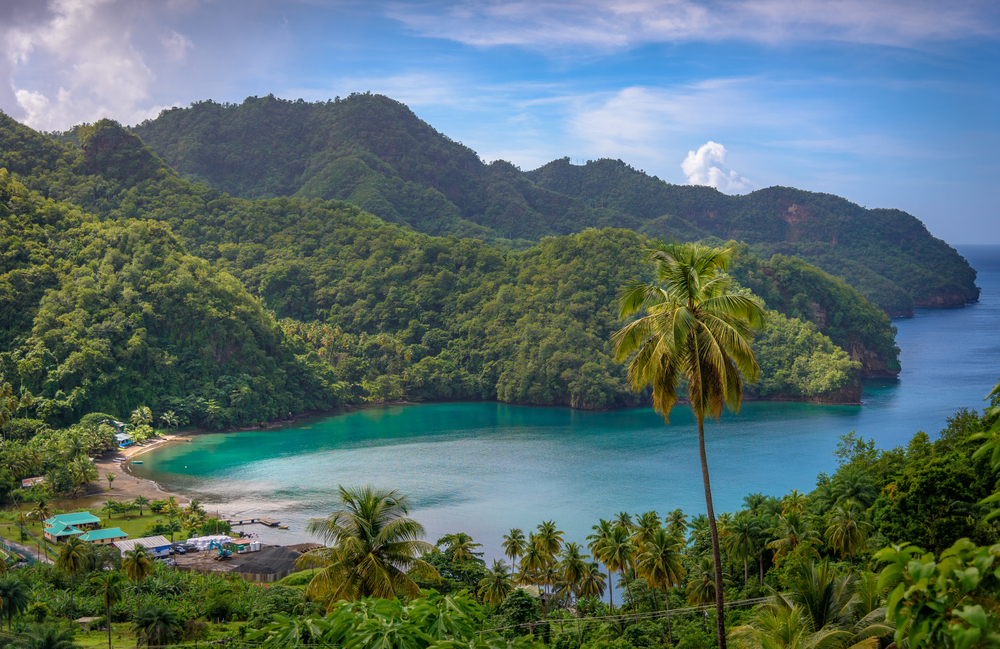Yello’s Bite-sized Guide to the Caribbean: St Vincent and the Grenadines
by Karen Rollins Aug 1, 2022

Yello knows the Caribbean! We are based in 20 countries across the region, and each one of them is quintessentially Caribbean while also offering visitors a one-of-a-kind cultural experience.
Our British, French, and Dutch colonial past can be seen in our food, art, fashion, music, and languages. Yet as a region, we are also slowly developing our unique Caribbean identity based on our distinct geography, values, and experiences.
It’s time to appreciate our shared Caribbean culture and learn more about the countries in our region – let’s go to St Vincent and the Grenadines.
Capital: Kingstown
Independence Day: 27 October 1979
Background: St Vincent was initially inhabited by the Ciboney, who were joined and then eventually displaced or conquered by an Arawak people who originated in Venezuela. The Arawak were subsequently displaced by another group, the Carib, who originated from South America.
It was thought that Christopher Columbus first visited the island on 22 January 1498 and named it Saint Vincent, but new evidence has discredited this theory and now it’s not clear if Columbus ever visited St Vincent at all.
In the 17th century, intermarriages between the indigenous Caribs and recently escaped and shipwrecked Africans, led to a group of so-called ‘Black Caribs’, also known as the Garifuna.
The Caribs fought off frequent British, French, and Dutch attempts to settle in St Vincent, but they eventually allowed limited French settlement of the island’s west coast in the early 18th century.
Britain was granted control of the country in the 1763 ‘Treaty of Paris’, but the Caribs continued to fight them until they were finally defeated in the late 1770s. Most of the Caribs were exiled but the few who remained were pardoned in 1805.
St Vincent remained under British control until independence in 1979.
Getting around: The best way to navigate around St Vincent and the Grenadines is by taxi. Taxis are easy to find and reasonably priced. Buses are another popular means of getting around, but they are also the main mode of transport for locals so can be overcrowded, and it can be hard to predict when they will arrive.
Island hopping around the Grenadines is easy from St Vincent’s central harbour in Kingstown where several ferry companies shuttle passengers between islands daily and at regular intervals.
Must-see place of interest: St Vincent and the Grenadines is home to the oldest botanical gardens in the Western Hemisphere, which was founded in 1765 under General Robert Melville, then Governor of the Windward Islands.
The Gardens take up 20 acres of land and feature a wide range of medicinal and exotic plants including a breadfruit tree that is descended from the one Captain William Bligh (victim of the famous mutiny on the Bounty) brought to St Vincent in 1793.
Must-do annual event: The Bequia Music Festival usually takes place every year at the end of January. It features six live music events over four days at two different venues.
The event is popular with locals and tourists and brings together a diverse range of musical talent, including international artists and bands.
Motto: ‘Peace and justice’.
Unusual fact: St Vincent’s capital, Kingstown, is often referred to as ‘The City of Arches’ because it has around 400 of them.
—
Visit the official Discover SVG website for all you need to know before you go.
Sources: Britannica.com, St Vincent’s botanical gardens website and U.S. News.
You may also like: Yello’s bite-sized guide to the Caribbean – St Lucia








